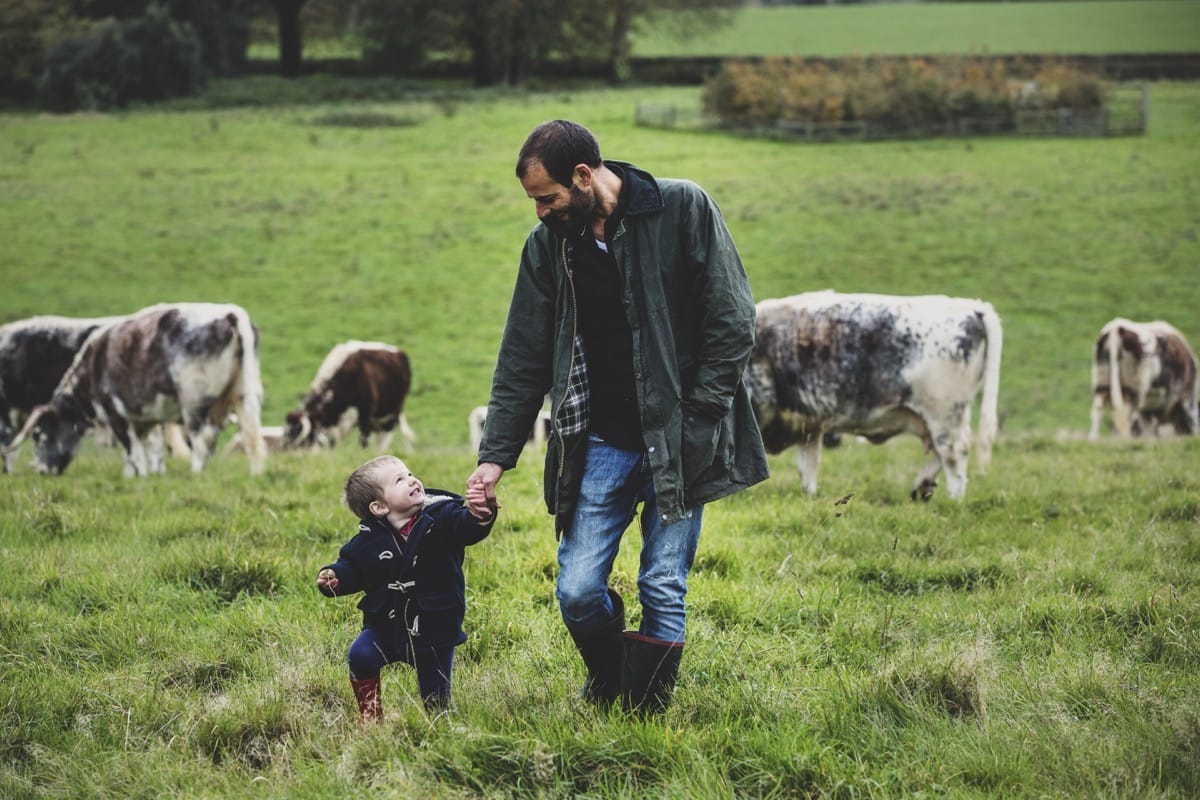Many times, a customer can simply ignore giving feedback on the product.
They might feel like no one would take it into account, or they might feel they would be either too positive or too negative, or they might feel too lazy to do so. “Let someone else do it – they might do it better either way,” you might say.
However, your feedback – no matter how negative or positive, and no matter if it’s perfect or not – is important. It’s not only important for us, but it’s important for you as well.

Let me explain.
There are a type of products called minimum viable products, or MVPs. They are the slenderest products or services needed to provide the main solution to an issue for a customer. Focusing on MVPs is helpful in minimising the amount of wasted time and money when ideating, designing and producing products.
Or, in our case when creating platforms such as Pasture.io and Milkflow.io. Pasture.io is a program that measures pasture with satellites and feeds cows well by making best grazing decisions. While Milkflow.io aims to deliver highly precise milk forecasting by using different strategies.
By focusing on MVPs gives me the opportunity to hear feedback from you, the customer, understand it and learn from it, and then improve the platform based on it. It’s what we in the software business call a build-measure-learn feedback loop.

The faster we move and circle back and forth around this loop, the faster we can improve the platform and the faster you can grow your farm and its profit. This is why we highly encourage our customers, dairy farmers, to provide feedback. If it’s honest feedback is valuable feedback. We’ll understand it and transform it into what you need. Without it – our platform cannot grow and in turn, you cannot grow your farming business either.
With any service and product, in reality – function and functionality is what matters most. You need to be able to look past the shine of the interface at the machine works behind it. Even if the interface doesn’t look that good, it’s easier for the founders to add a fresh coat of nice paint than to redo or improve the mechanisms behind it.
We want to share with you some MVP developments that we’ve managed to do for Pasture.io. We’ve started this platform back in 2005 when my family’s dairy farm was in grave need of good pasture management and a right fit pasture management tool.
So, let’s see the developments:
The original MVP was a notebook which we used as a paper spreadsheet to write how and where we grazed our cattle
Then, we improved this notebook by fully switching to a FileMaker database which one of my uncles helped install. What this brought was a better view of the time between grazing paddocks. It actually helped quite a lot with making faster and better grazing decisions.
One year later, in 2006 – we finally managed to buy a rising plate meter to take measurements of our pasture and get an idea of its growth rates.
But, this wasn’t enough and our dairy farm needed more help so I started Pasture.io in the form of an Excel spreadsheet.
Some have asked me why not already use one of the existing pasture management tools and grazing apps that were on the market? And to be honest, as a dairy farmer and entrepreneur I had a different perspective – and I knew the available tools at the time weren’t flexible enough.
They didn’t give me the opportunity to fully make use of our farm data the way it was truly possible to.
And – it wasn’t just me thinking this. I went to talk about pasture management tools such as Pasture Plus, to different research centres in Australia. What I found out is that they had the same issue with the current platforms at that time, they weren’t getting exactly what they needed from them – they barely scratched the itch.
Our next conclusion, which came around the year of 2008 , was that feeding cows well is highly important. And feeding cows well does not mean fully feed or overfeeding. So, we decided it’s important to keep track of rations and we built a ration builder in our constantly changing Excel spreadsheet
In 2009 , we grew a bit more and bought a C-Dax. It was one of the first ones developed in Australia and Tasmania. As you can imagine our spreadsheet expanded even more, as we started measuring our pasture weekly throughout the year. That was a lot of information as we also had quite a few paddocks.
The Pasture.io Excel spreadsheet was getting very complex and cumbersome, especially when adding the feed wedge component as well. It was getting more and more difficult to mix up all the information to get accurate measurements and real predictions.
We were starting to feel that the spreadsheet was no longer robust enough for what our farm needed.
So then in 2013 , we started investigating what farmers needed from a pasture management platform by going and talking with them. The talks were all over the place, but soon enough they became clearer and were leading us in a good direction.

Next year, in 2014 , the talks went on. We did conclude that most farmers were having the same problems and would benefit from a platform such as Pasture.io. It was time to start developing it.
In 2015 , the first beta release of Pasture.io happened. We were the first to try it out and were happy to do so and get away from the paper spreadsheet. Soon enough, we had another six farms joining too.
The most difficult thing about pushing out a beta MVP – even if it’s just to a small group of people, is getting the timing right. Some might say that if the product isn’t polished to perfection, you shouldn’t release it – as it might be too embarrassing.
However, if the solution the MVP is solving is up and running at top speed, you should release it even if there are still some polishes to the interface. Those can be sorted out in time, and until you do it many customers will reap the benefits of the platform’s solution.
It might be a good thing or it might not be. I actually lost one customer, a farmer, due to some bugs still needing fixing. The other five gained better pasture management and more profit. And because of it, they stuck around with us until everything was nice and glossy.
The time also came for us to show Pasture.io to the entire world by releasing it commercially. The challenge of setting up plans and pricing came up as we were selling the service to a tight niche market. We set up a few pricing plans and got feedback that we were underpriced.
Because of this we were actually getting rejected by website visitors and potential buyers and we were getting few sales.
We decided to listen to our customers and re-structured our pricing plans according to their feedback. Surprisingly, our sales went up as we were charging the real value of our service’s worth and users could see that. They wanted in!
Gladly, Pasture.io has grown immensely over these past few years. We have a constantly increasing flow of new customers that find our platform online, but also a flow of new customers being referred by existing happy ones.
We’re asking for feedback, receiving it, listening to and interpreting it and then transforming it into new developments. It’s a constant process and we’re loving every moment of it.
For this reason, you too should give your feedback – it might just turn into the perfect solution for your farm’s problem or need.
Hopefully, this article has shown you the importance of feedback for a company, service and product and you’ll see the value of providing it.
If you think this article has value as well – give it a share. And if you have any questions write them below and I’ll be happy to reply.
Happy farming!
- The Dedicated Team of Pasture.io, 2019-12-11